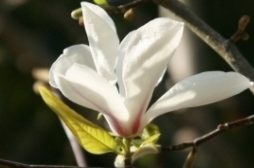井之脇 海(Kai) くん
2017-12-05
2009年のドラマで見つけたかわいい、少年と青年の間の、なんとも魅力的な俳優。このごろテレビでも見るようになり、名前がやっとわかった。井之脇海くんと言うらしい。Yokosukaの出身だそうだ。
2009年のドラマでは15歳ぐらいの小澤小澤征爾を演じたが、こんなに素敵な青年になった。
「キタキマユの飾らない名演技と、 小澤征悦のはにかんだ表情。
13歳の征爾くんを演じた少年の、まっすぐな表情に魅せられ、
何度もビデオを見てしまう。」
(Wikiより)
9歳から子役として活動をはじめ、2006年の「柳生十兵衛七番勝負」でテレビドラマ初出演。 2007年の「夕凪の街 桜の国」で映画初出演。同年から「天才てれびくんMAX」に出演。 2008年の映画「トウキョウソナタ」でキネマ旬報新人男優賞を受賞。

2010年の主演作「カラフル」で舞台初出演。同年の「やつらは多分宇宙人」で連続ドラマはレギュラー。 2013年のNHKの朝ドラ「ごちそうさん」で、ヒロインの杏の弟役を務めて注目される。

以降も「ひよっこ」や「おんな城主直虎」などの話題の連続ドラマに出演。 「合葬」や「帝一の國」、「海辺と生と死」などの映画にも出演。














 イギリス館(British House Yokohama)
イギリス館(British House Yokohama)





 (紙片を見ながら曲の紹介)
(紙片を見ながら曲の紹介)


































































































